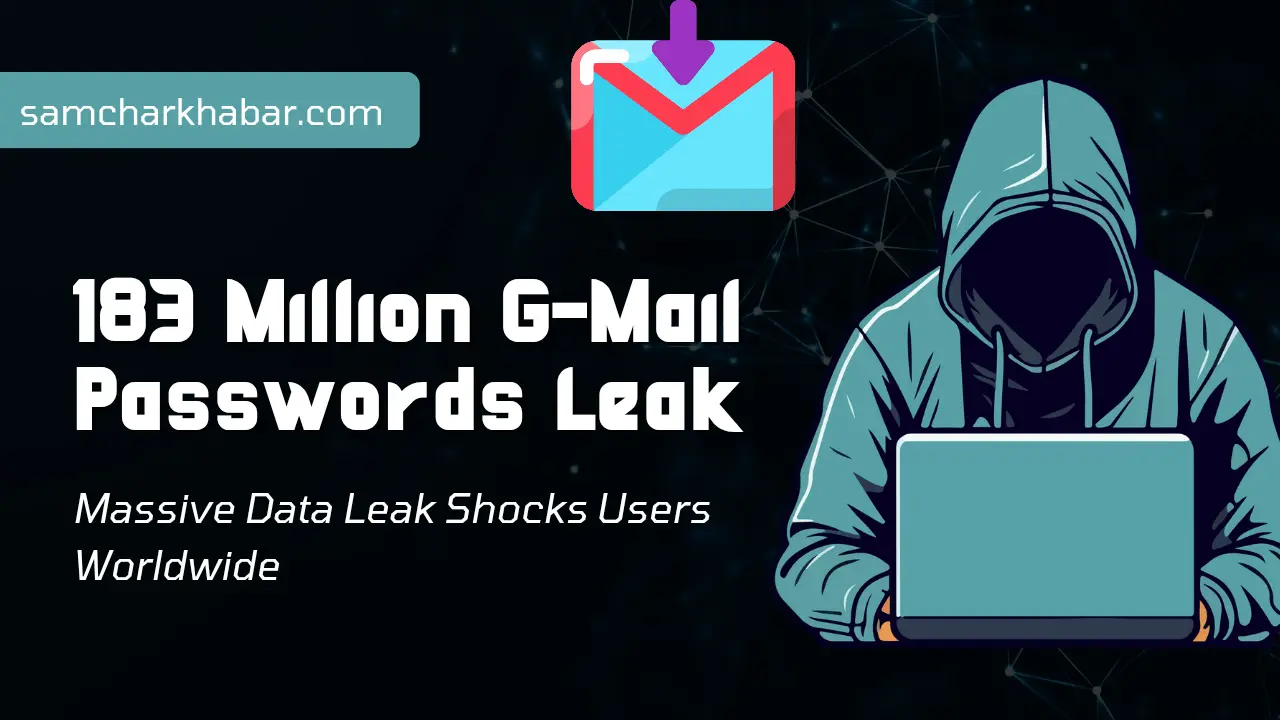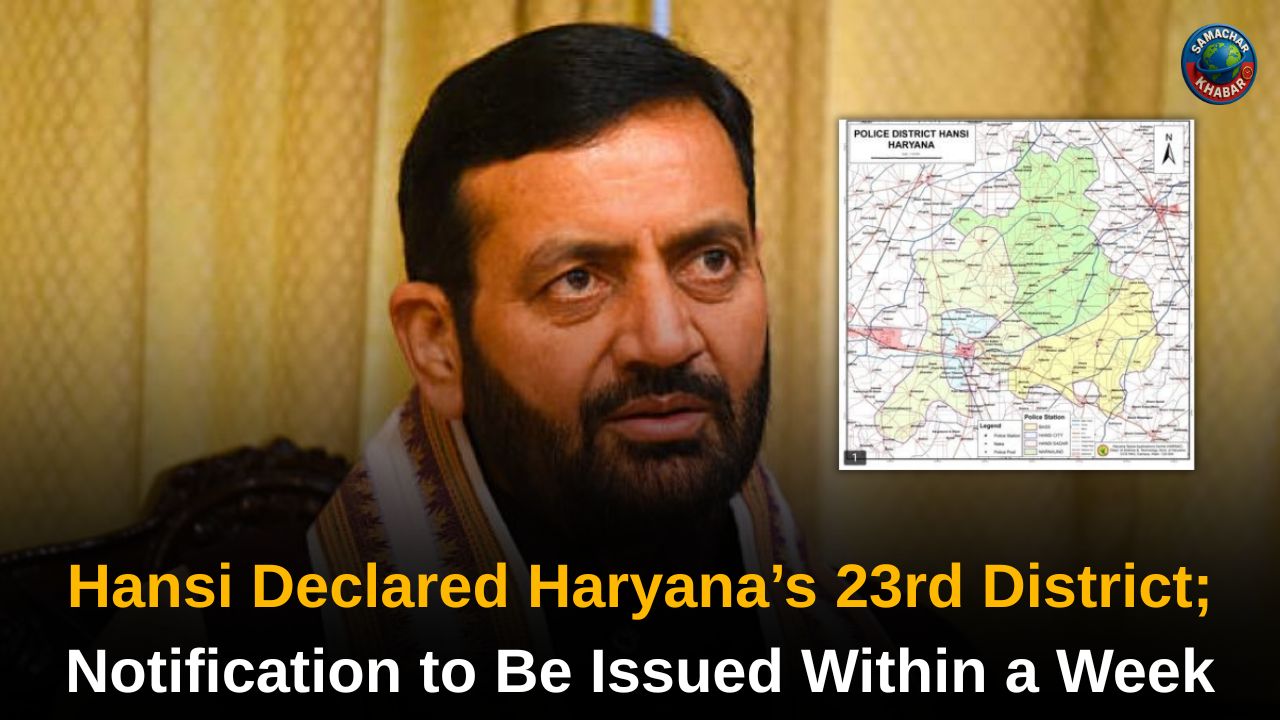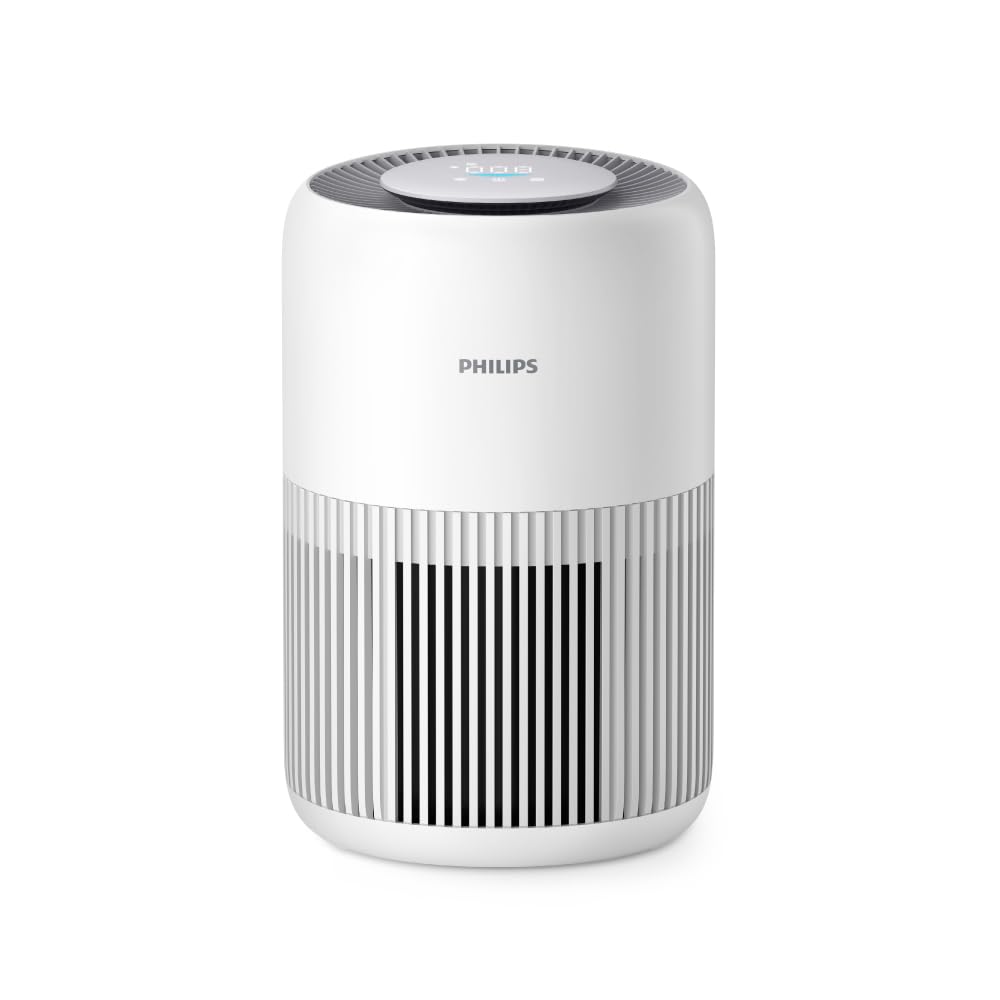Gmail Password Data Leak: A shocking cyber incident has sent ripples through the digital world as 183 million email accounts, including millions of Gmail users, have been exposed in one of the largest data breaches of 2025. Experts confirm that this breach did not result from a Google hack but from widespread malware infections that collected login credentials directly from users’ devices. The exposed passwords, many stored in plain text, have reignited global concerns over online privacy and account security.
Key Takeaways from the Gmail Password Data Leak
- 183 Million Accounts Compromised: A global breach uncovered by Have I Been Pwned (HIBP) revealed 183 million exposed email addresses and passwords.
- Gmail Users Affected: Millions of Gmail credentials were found in the leaked dataset, alarming users worldwide.
- Malware, Not a Google Hack: The data was stolen by infostealer malware from infected devices , not by breaching Google’s servers.
- Synthient Stealer Logs Confirmed: The breach was traced to the Synthient Stealer Log Threat Data, added to HIBP on October 21, 2025.
- Passwords in Plain Text: Many credentials were stored in easily readable form, increasing the danger of misuse by cybercriminals.
How the 183 Million Gmail Password Leak Was Discovered
Earlier this year, cybersecurity researcher Troy Hunt, the founder of Have I Been Pwned, reported a massive dataset containing 184 million logins and passwords affecting users of popular services like Apple, Facebook, and Instagram. Soon after, a related breach surfaced , this time involving 183 million email accounts exposed in April 2025.
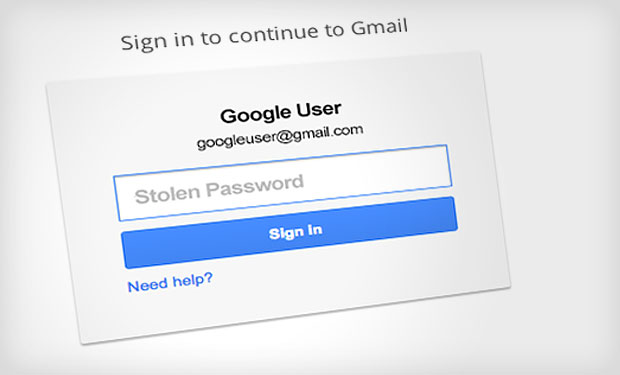
The data, uploaded to the HIBP database, contained website URLs, email addresses, and passwords , three elements commonly targeted by cybercriminals. Hunt confirmed that the leaked data originated from “stealer logs and credential stuffing lists” and included verified Gmail login credentials.
The new dataset, analyzed in collaboration with cybersecurity firm Synthient LLC, revealed 3.5 terabytes of information comprising 23 billion data rows collected from multiple malware platforms over nearly a year. Each entry linked a website address with a corresponding email and password combination revealing the vast scale of compromised information.
Inside the Synthient Threat Data: What Researchers Found
A detailed blog post by Benjamin Brundage from Synthient explained that the logs came from infostealer malware , malicious programs designed to silently capture users’ credentials, browser cookies, and authentication tokens. These logs were collected from thousands of infected devices and later shared through underground cybercrime forums.
Troy Hunt’s analysis of a 94,000-record sample found that 92% of the credentials were previously known, mostly linked to earlier stealer logs such as ALIEN TXTBASE. However, 8% of the data was entirely new, translating to more than 16.4 million previously unseen email addresses.
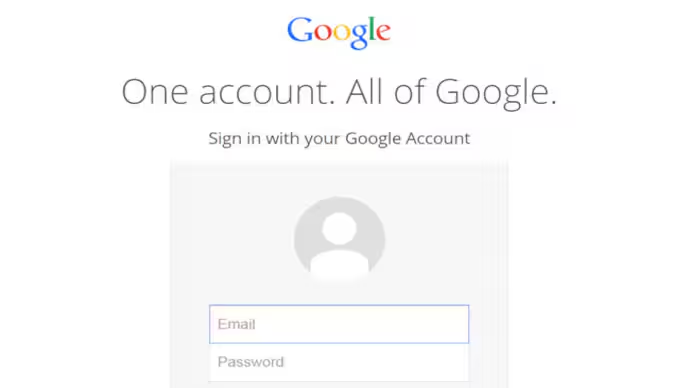
To ensure authenticity, HIBP contacted some subscribers whose details appeared in the database. One respondent confirmed that the exposed password was, in fact, still valid for their Gmail account proving the leak’s legitimacy.
Why Gmail Users Are Particularly at Risk
Security analysts have warned that the breach affects millions of Gmail users worldwide. Since the malware collects credentials directly from infected devices rather than hacking Google, the leak includes information stolen from personal computers, smartphones, and even workplace systems.

Reports from Cyber Insider and Forbes highlighted a disturbing fact: infostealer malware often captures browser cookies and tokens that can help attackers bypass two-factor authentication (2FA). This means cybercriminals could access accounts even without knowing the victim’s current password.
Also Read: Zoho Mail: Amit Shah Leads India’s Shift to Privacy-Focused, Homegrown Email
While Google’s servers remain secure, the threat lies in the reuse of passwords across multiple platforms. Users who use the same password for different sites are especially vulnerable, as a single breach can unlock access to multiple accounts.
How to Check If Your Gmail Data Has Been Compromised
Users can easily verify if their email addresses were affected by visiting Have I Been Pwned. The website allows individuals to check whether their login details appear in any known data breaches by simply entering their email ID.

If your Gmail or any other account appears in the breach results, change your passwords immediately. Cybersecurity experts advise using unique, complex passwords for every account and avoiding reusing old credentials.
Steps to Protect Your Gmail and Other Accounts
According to Google and cybersecurity experts, here’s what you should do immediately if your data may have been exposed:
1. Run Google’s Security Checkup – This tool scans your account for suspicious logins or third-party access and lets you remove anything unusual.
2. Change Passwords Now – Update passwords for Gmail and any site where the same login details were used.
3. Enable Two-Step Verification (2FA) – Use hardware keys or passkeys instead of SMS verification for stronger protection.
4. Avoid Reusing Passwords – Use a reputable password manager to generate and store unique passwords for each account.
5. Keep Anti-Malware Software Updated – Infostealer malware thrives on outdated systems, so ensure your security software is always active.
Businesses using Gmail or Google Workspace are also urged to strengthen password policies, enforce MFA (Multi-Factor Authentication), and improve endpoint protection to avoid large-scale compromises in the future.
Safeguarding the Future of Online Security
The Gmail data leak is a powerful reminder that data breaches don’t always come from big tech failures ; they often begin with compromised personal devices. Although Google’s infrastructure remains secure, millions of users’ carelessness with password hygiene and system safety has made them vulnerable to cybercrime.
Cybersecurity experts emphasize that vigilance and digital discipline are now as important as technology itself. Every user must take proactive steps : regularly updating passwords, avoiding suspicious downloads, and checking for breaches to ensure their data remains safe in an increasingly connected world.
The Spiritual Perspective: The Unique Knowledge of Tatvdarshi Sant Rampal Ji Maharaj Ji
In today’s digital era, where technology connects the world yet exposes it to countless risks, the teachings of Tatvdarshi Sant Rampal Ji Maharajremind humanity of a higher wisdom beyond material intelligence. According to His spiritual discourses, while human beings have developed advanced tools and systems, the true source of intellect and creativity is the Supreme God Kabir Sahib Ji, who granted humans the ability to innovate and discover.
Sant Rampal Ji Maharaj Ji explains that the continuous race for technological dominance often distances mankind from the real purpose of life attaining salvation and understanding the eternal truth of the Supreme Power. Just as one must protect their digital data with strong passwords, one must also safeguard their soul by following the true spiritual path shown by the Complete Saint (Tatvdarshi Sant).
Through His satsangs, Tatvdarshi Sant Rampal Ji Maharaj Ji unveils the authentic spiritual knowledge hidden in our holy scriptures and explains the scientific and logical understanding of creation, the purpose of human life, and the method to attain liberation.
To know more about His teachings and spiritual guidance, visit www.jagatgururampalji.org and follow the official YouTube channel – Sant Rampal Ji Maharaj.
FAQs on Gmail Password Data Leak 2025
1. What is the Gmail password data leak 2025?
A massive breach exposed 183 million email credentials, including Gmail accounts, stolen by infostealer malware from infected devices , not by hacking Google servers.
2. Was Google hacked in the 183 million Gmail data breach?
No, Google was not hacked. The stolen passwords came from malware-infected devices that recorded users’ login details, later leaked online.
3. How can I check if my Gmail account was leaked?
Visit Have I Been Pwned and enter your email address to see if your Gmail credentials appear in the leaked database.
4. What should I do if my Gmail password was exposed?
Change your Gmail password immediately, enable two-step verification, and run Google’s Security Checkup to remove suspicious devices or third-party access.
5. How can businesses protect Gmail and Google Workspace accounts?
Organizations should enforce multi-factor authentication, strengthen password policies, and improve anti-malware defenses to prevent credential theft from infected systems.

